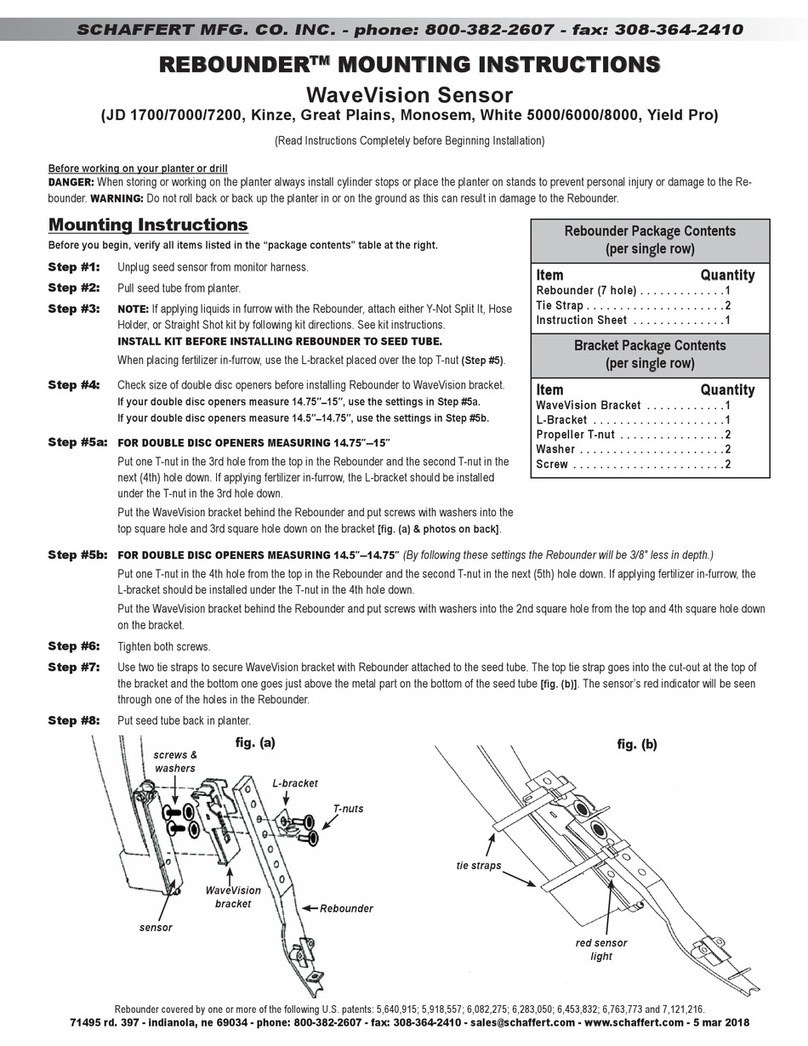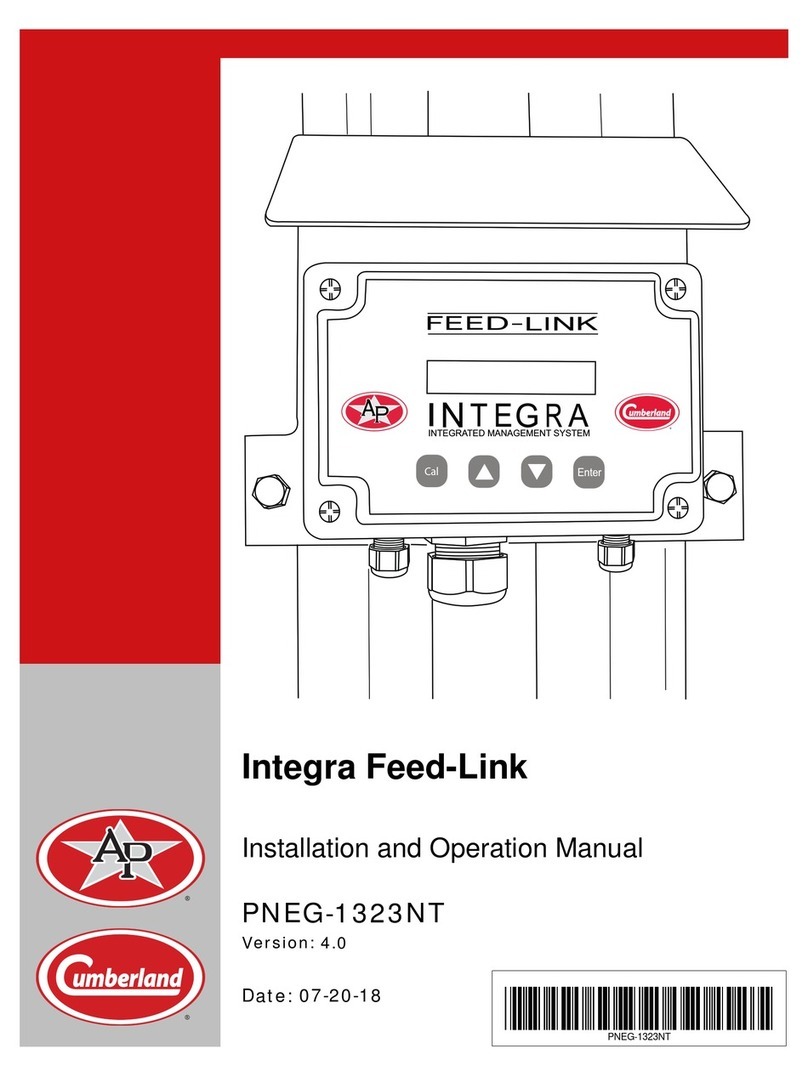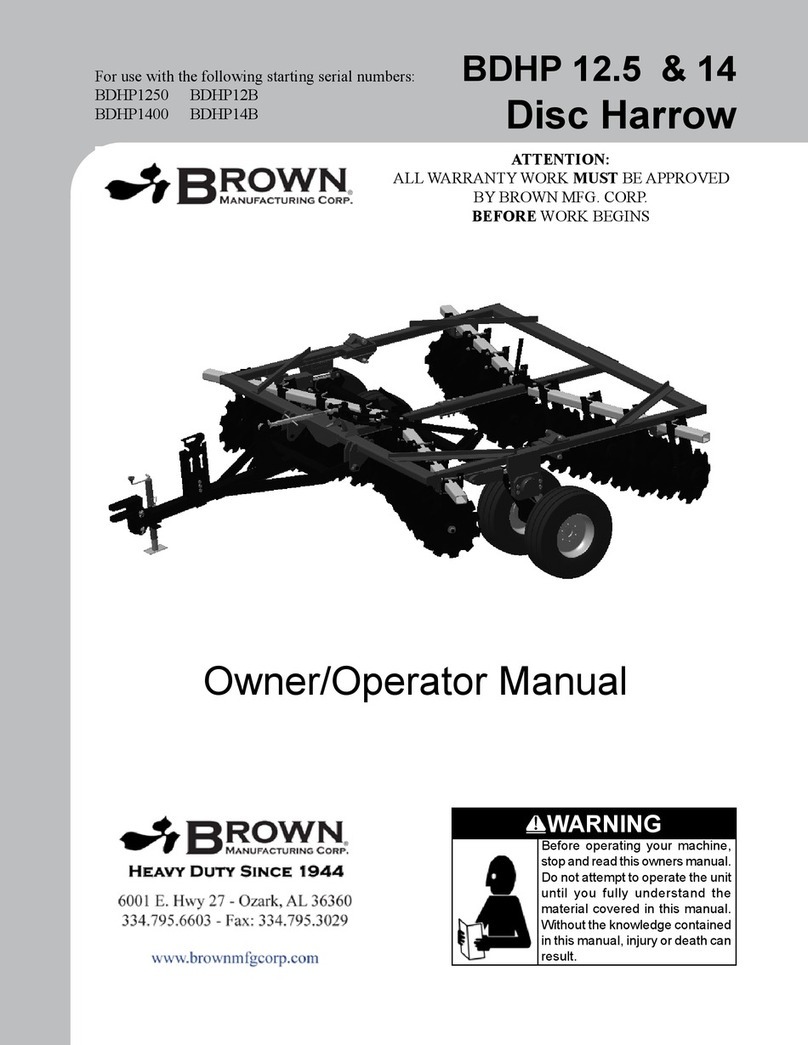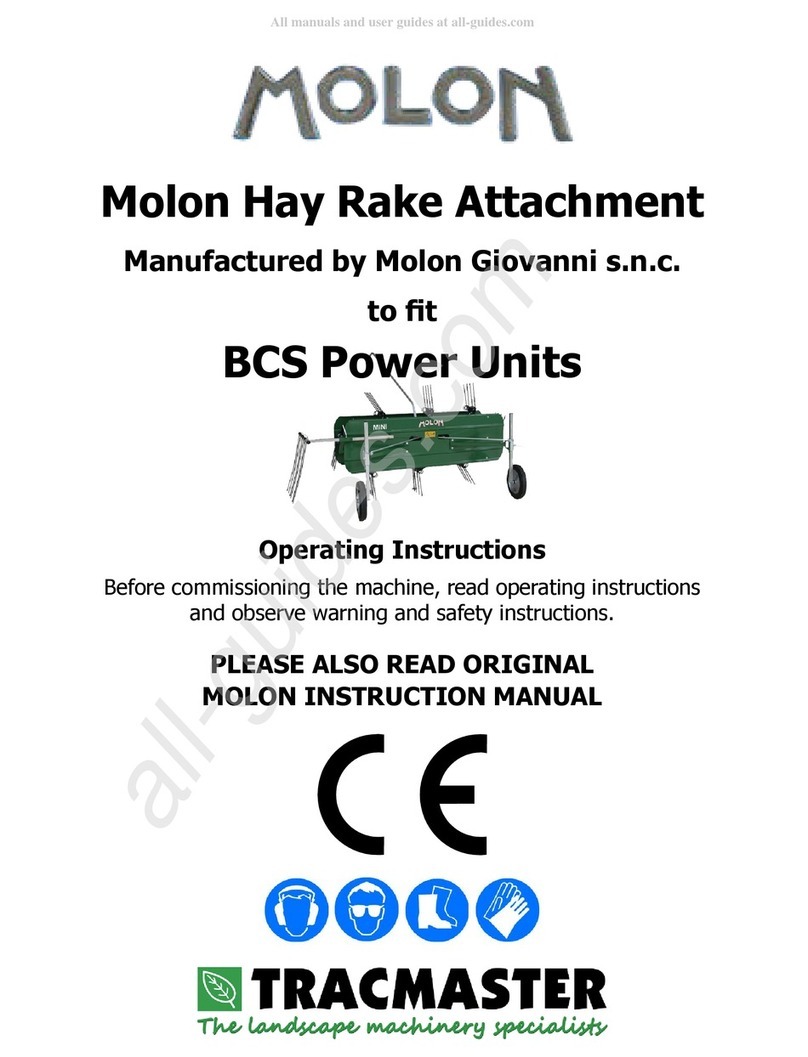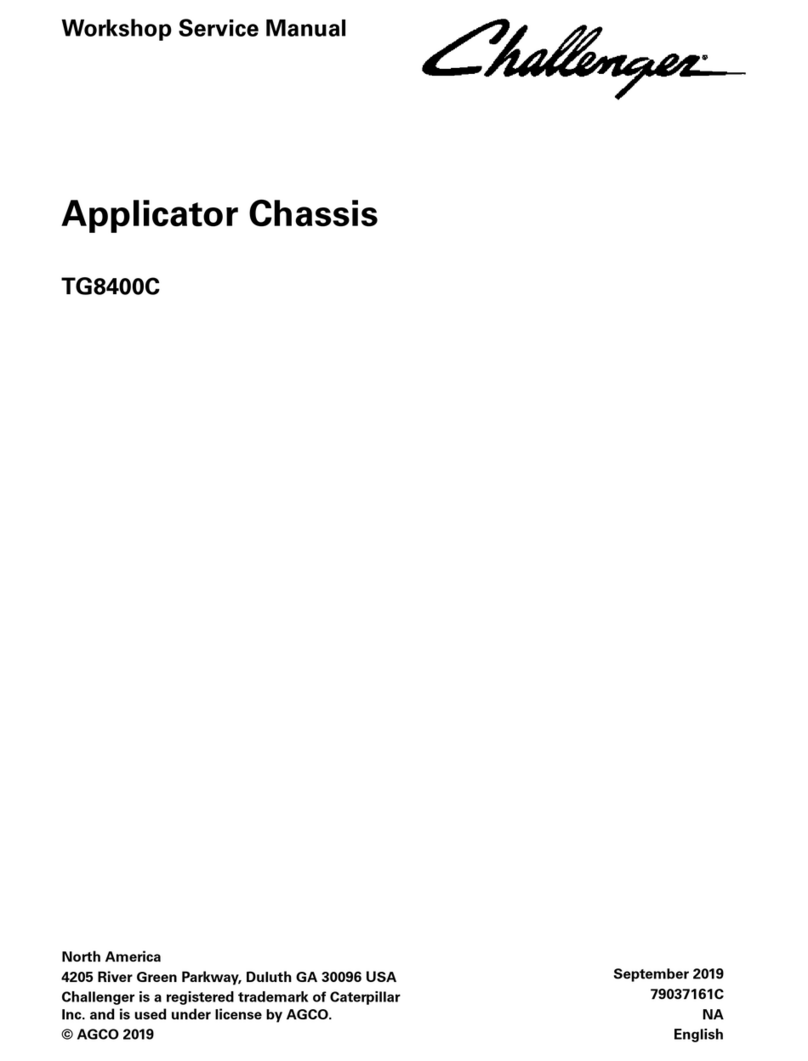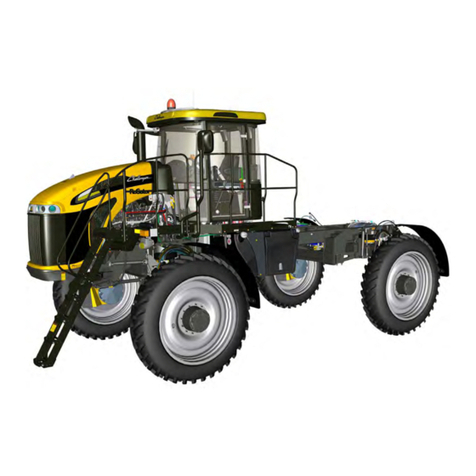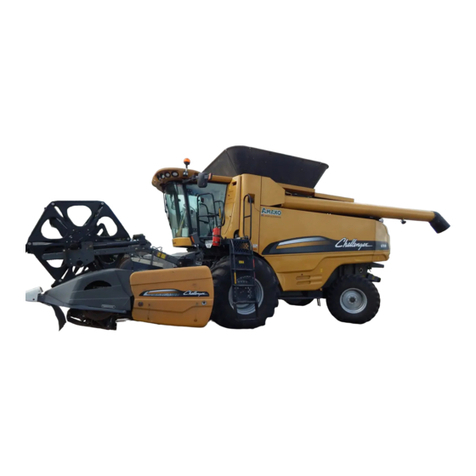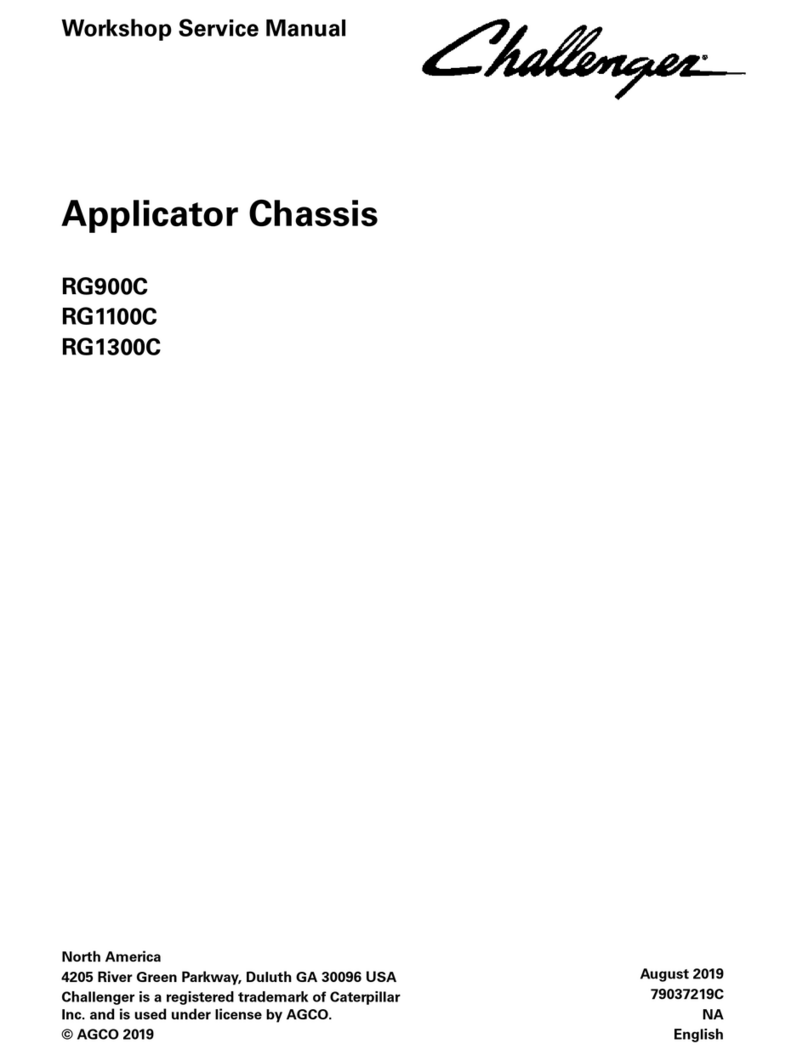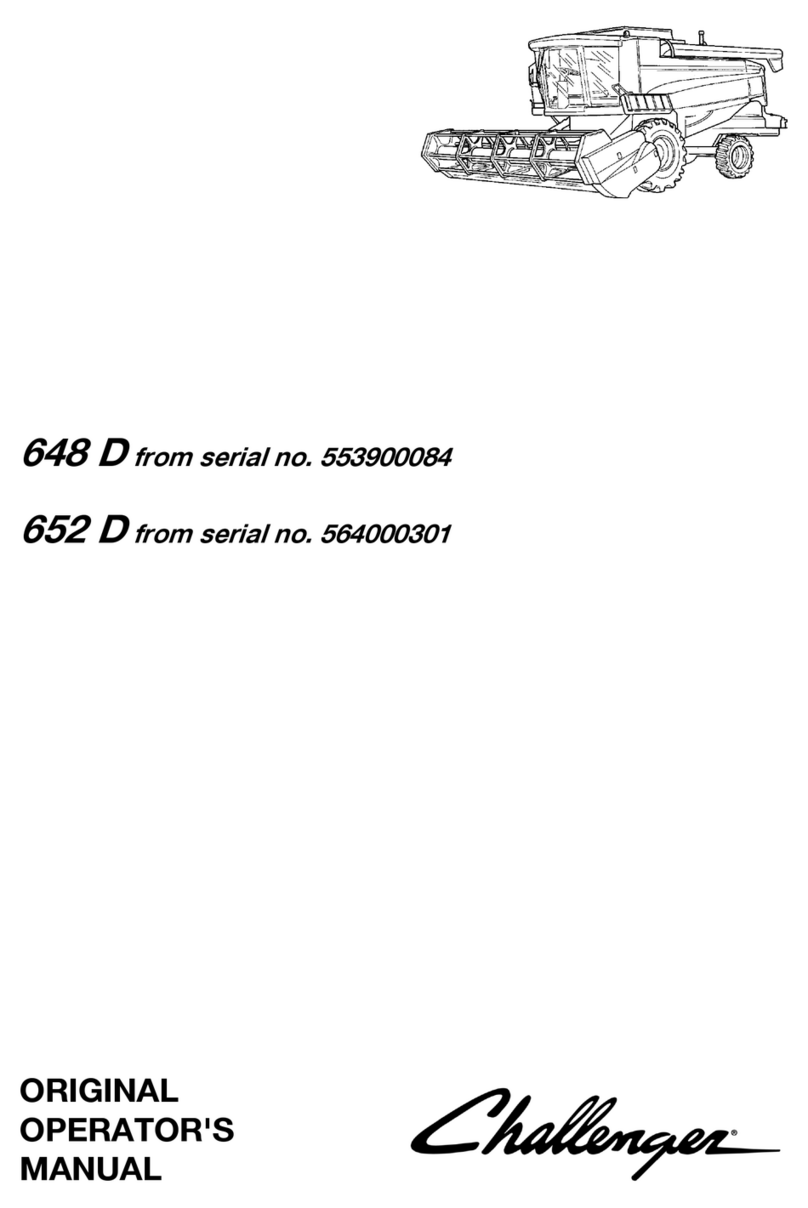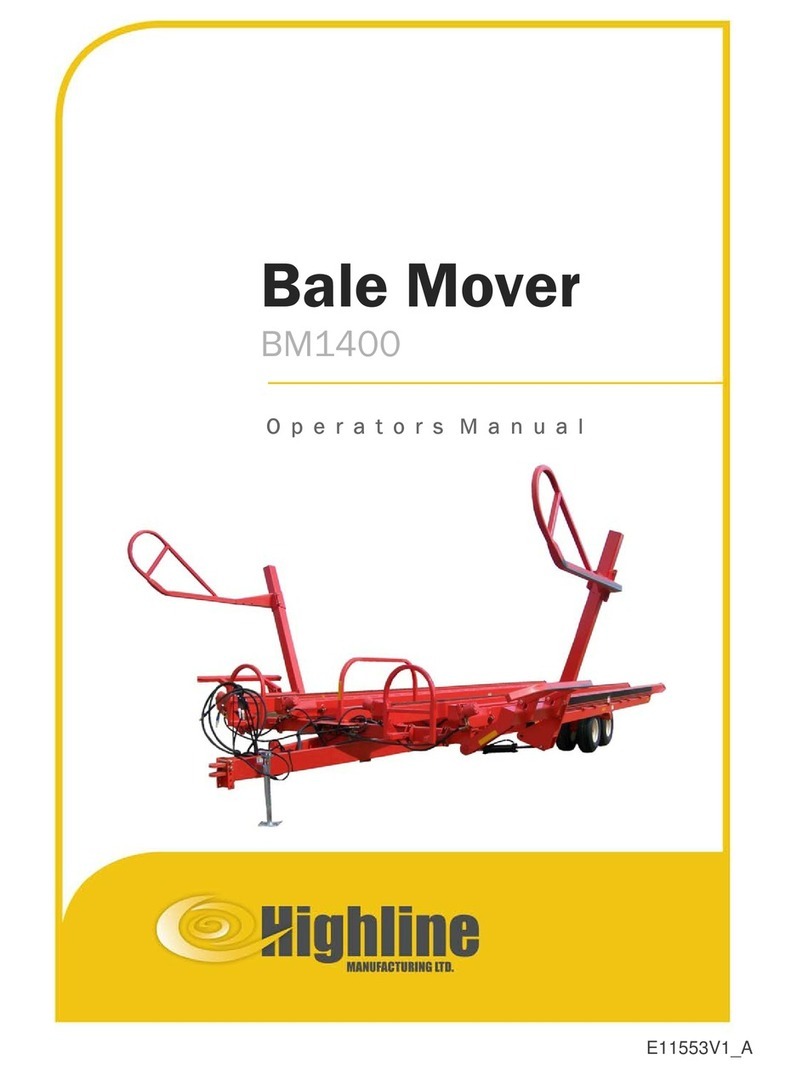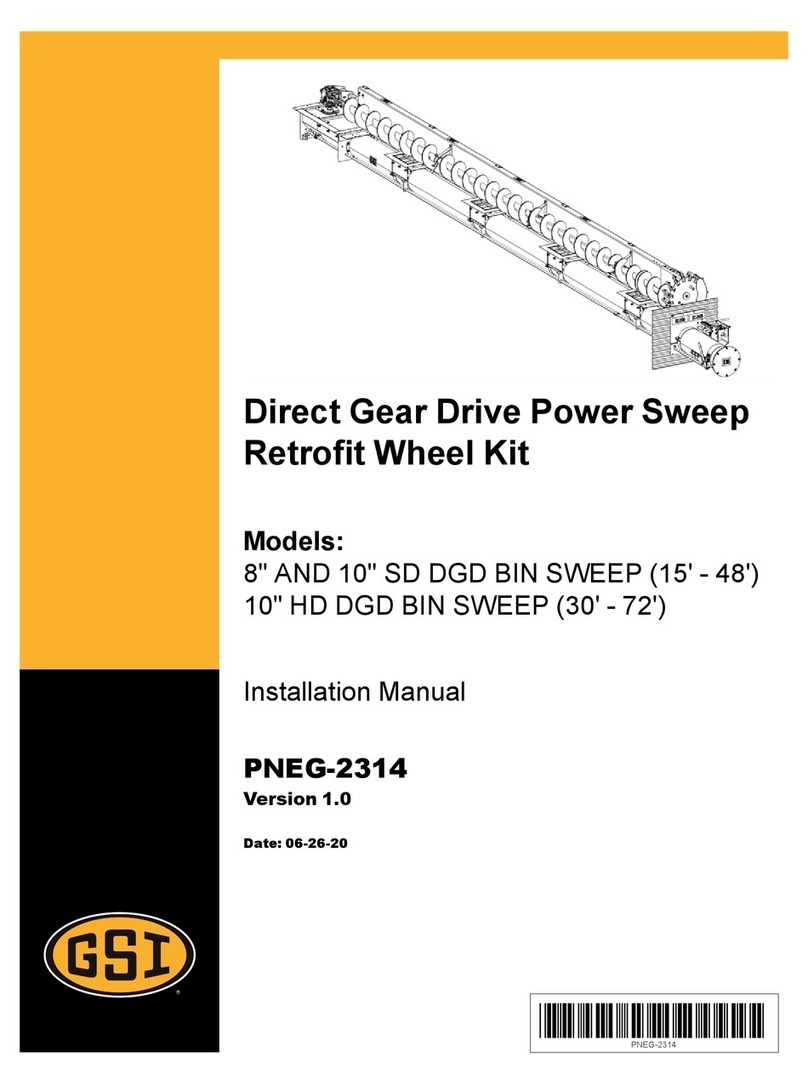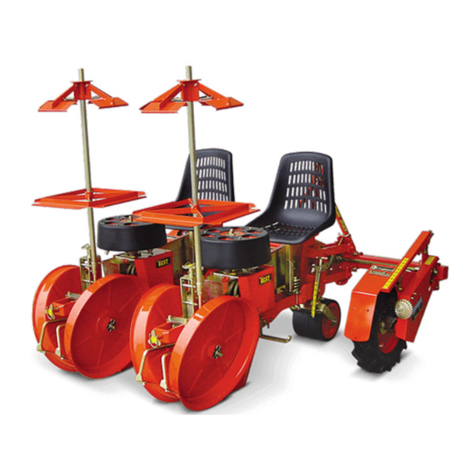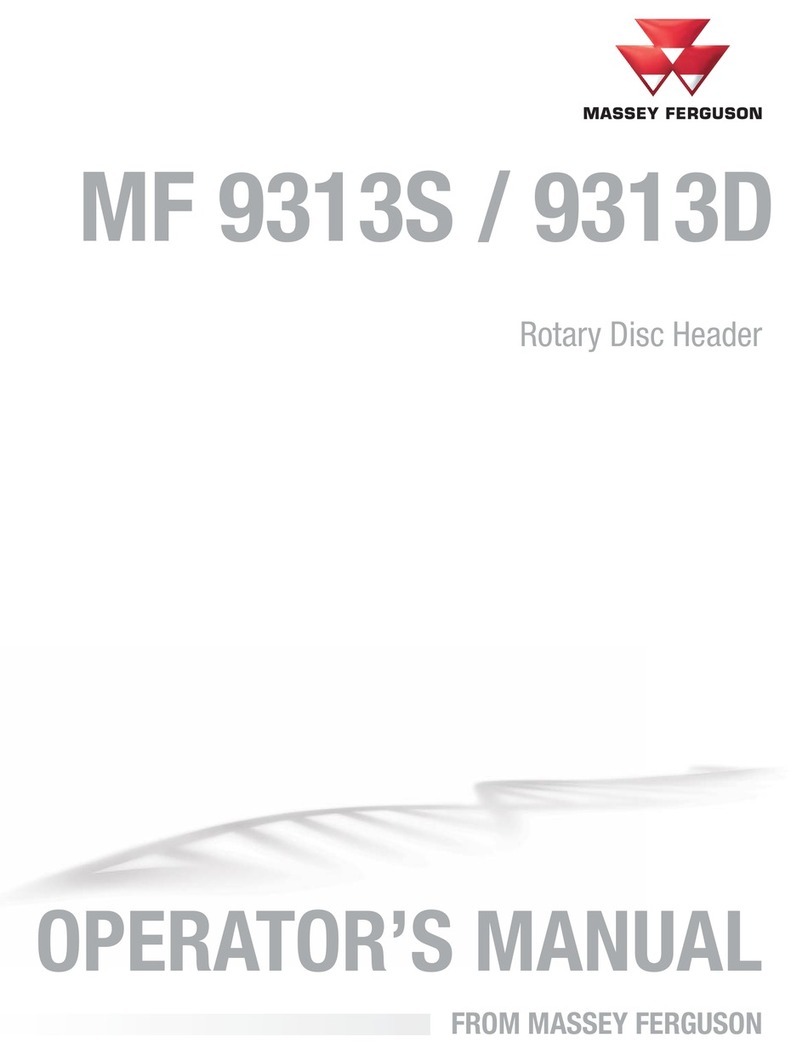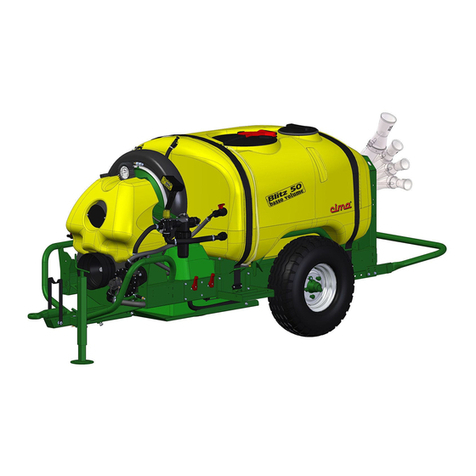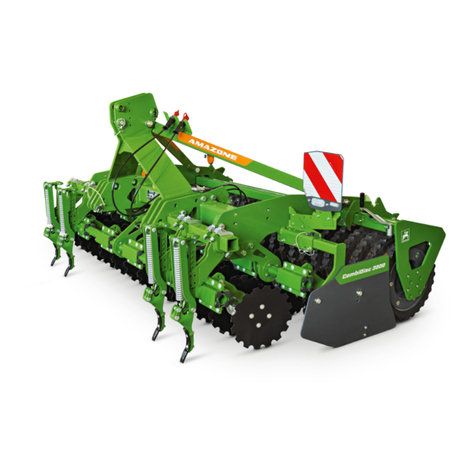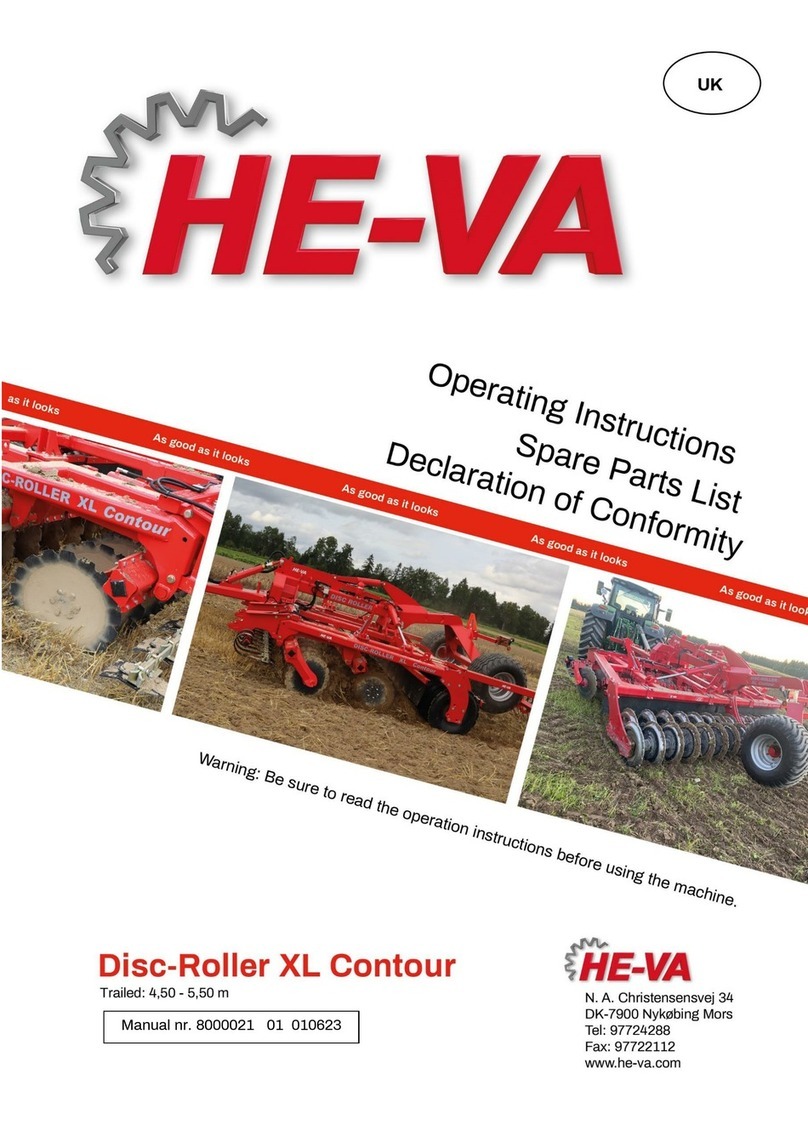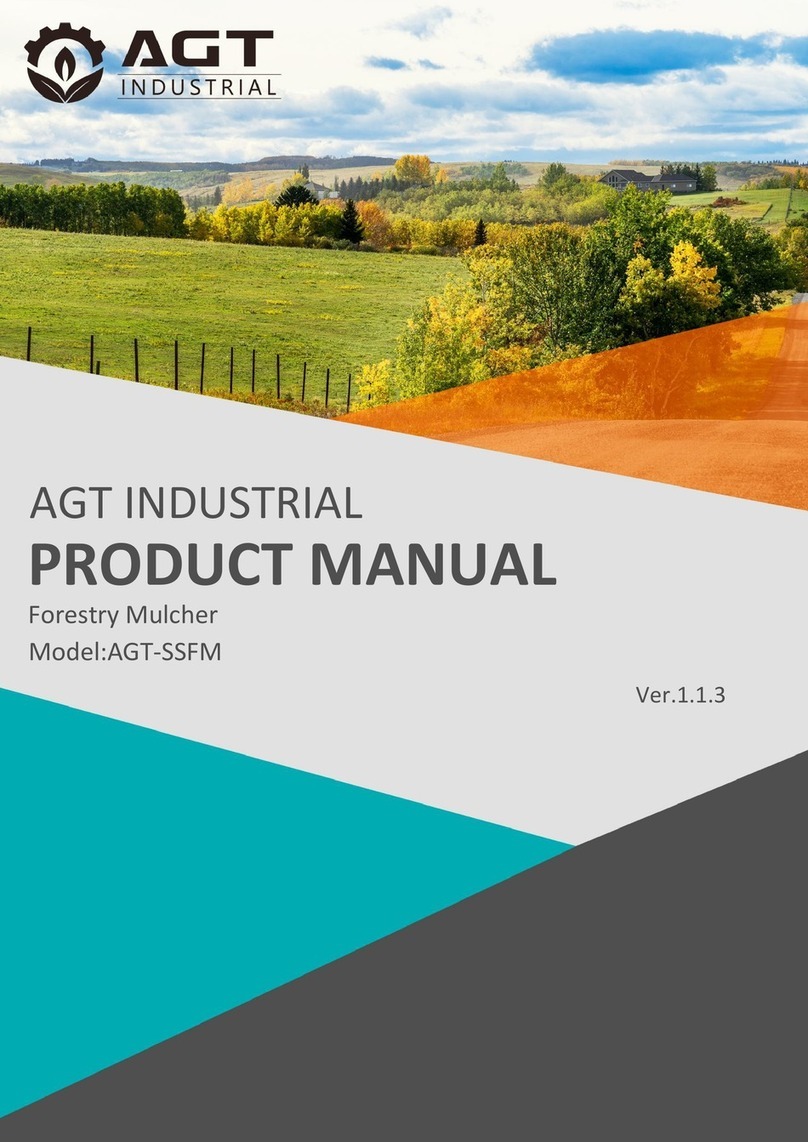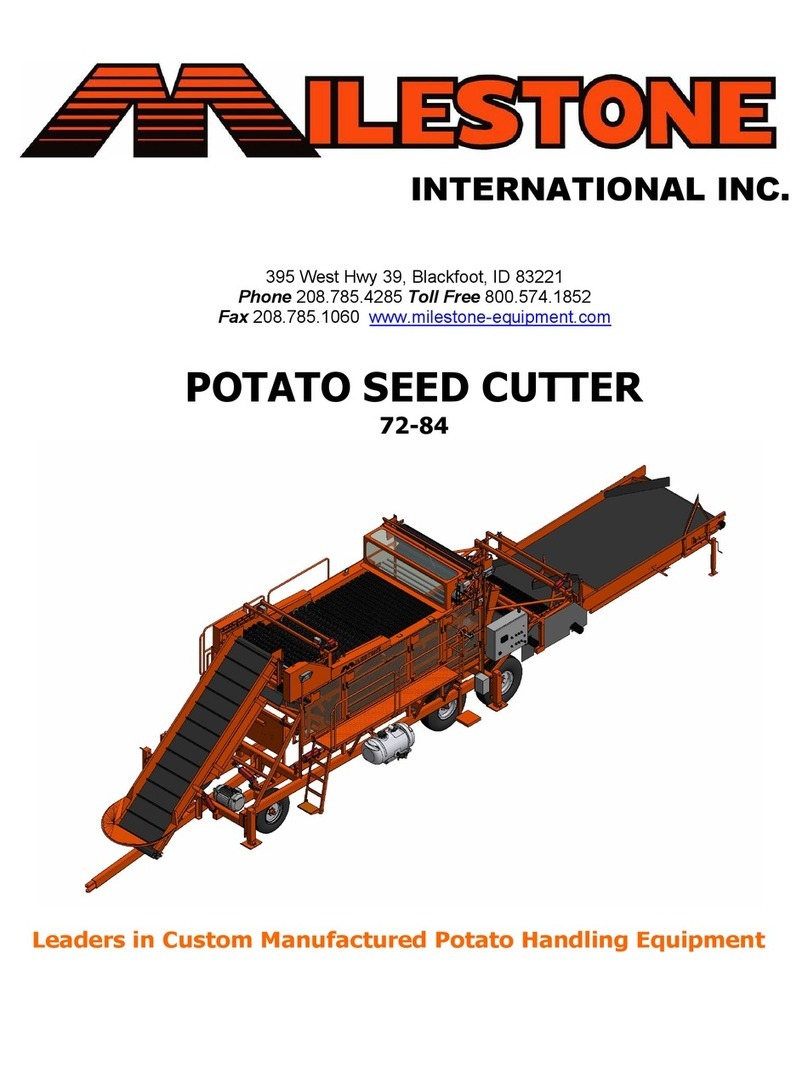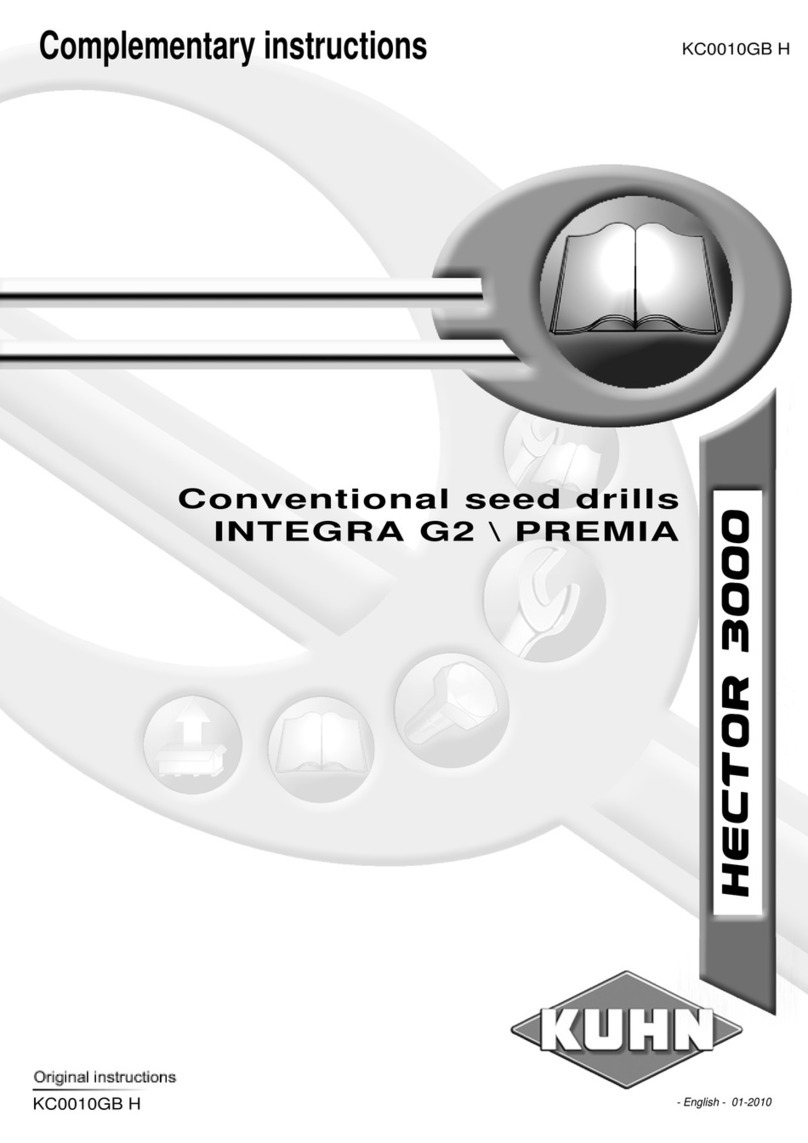
1. General
1.1 Service manual .........................................................1-3
1.1.1 Units of measurement ..................................................1-3
1.1.2 Replacement parts ....................................................1-3
1.1.3 Product identification information ..........................................1-3
1.1.4 Transmission serial number plate ..........................................1-3
1.1.5 Machine serial number information ........................................1-4
1.1.6 Engine serial number plate ..............................................1-4
1.2 Lubrication and maintenance ............................................1-6
1.2.1 Maintenance introduction ...............................................1-6
1.2.2 Maintenance symbols ..................................................1-6
1.2.3 Maintenance chart for Jackson ...........................................1-7
1.2.4 Daily maintenance schedule .............................................1-8
1.2.5 Maintenance schedule 10 to 1000 hours ....................................1-9
1.2.6 Maintenance Schedule 2000 to 4000 hours .................................1-11
1.2.7 Lubricants and fluids ..................................................1-11
1.2.8 Lubricant filling reminders ..............................................1-12
1.3 Important safety information ...........................................1-14
1.3.1 Prepare for operation ..................................................1-14
1.3.2 Fire prevention and first aid .............................................1-15
1.3.3 Safety symbol .......................................................1-16
1.3.4 Safety messages .....................................................1-16
1.3.5 Information messages .................................................1-16
1.3.6 General hazard information .............................................1-17
1.3.7 Pressurized air ...................................................... 1-18
1.3.8 Asbestos information ................................................. 1-18
1.3.9 Electrical storm injury prevention .........................................1-18
1.3.10 Mounting and dismounting the machine ...................................1-18
1.3.11 Before starting the engine .............................................1-18
1.3.12 Engine starting .....................................................1-19
1.3.13 Before operating the machine ..........................................1-19
1.3.14 Operating the machine ...............................................1-19
1.3.15 Parking the machine .................................................1-20
1.3.16 Operator station ....................................................1-21
1.3.17 Cut and crushing prevention ............................................1-21
1.3.18 Boom safety .......................................................1-21
1.3.19 Fuel safety ........................................................1-22
1.3.20 Hydraulic safety .....................................................1-22
1.3.21 Chemical safety .....................................................1-22
1.3.22 Exiting the cab in an emergency .........................................1-24
1.3.23 Engine safety ......................................................1-25
1.3.24 Safety lamps and marking devices use ....................................1-26
1.3.25 Operating on slopes ................................................. 1-27
1.3.26 Roading on public roads ...............................................1-27
1.3.27 Avoid eye contact with radar ...........................................1-27
1.3.28 Exhaust fumes .....................................................1-28
1.3.29 Electrical power lines overhead .........................................1-28
1.3.30 Shield and guards ...................................................1-28
1.3.31 Towing ...........................................................1-29
1.3.32 Modifications ......................................................1-29
1.3.33 A word to the operator ............................................... 1-30
1.3.34 Work in a clean area .................................................1-31
Table of contents
1-1
79035613B
Find manuals at https://best-manuals.com
